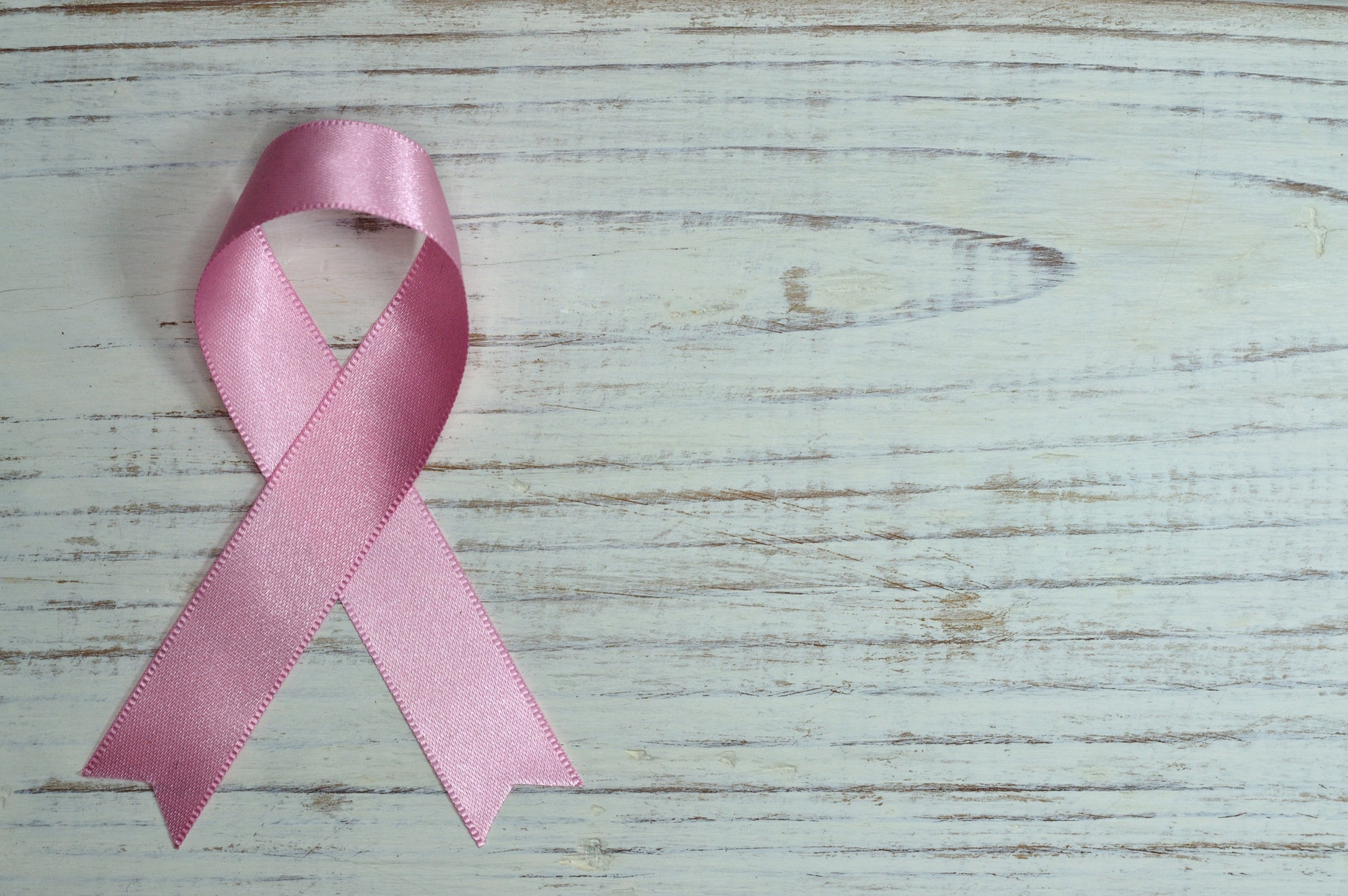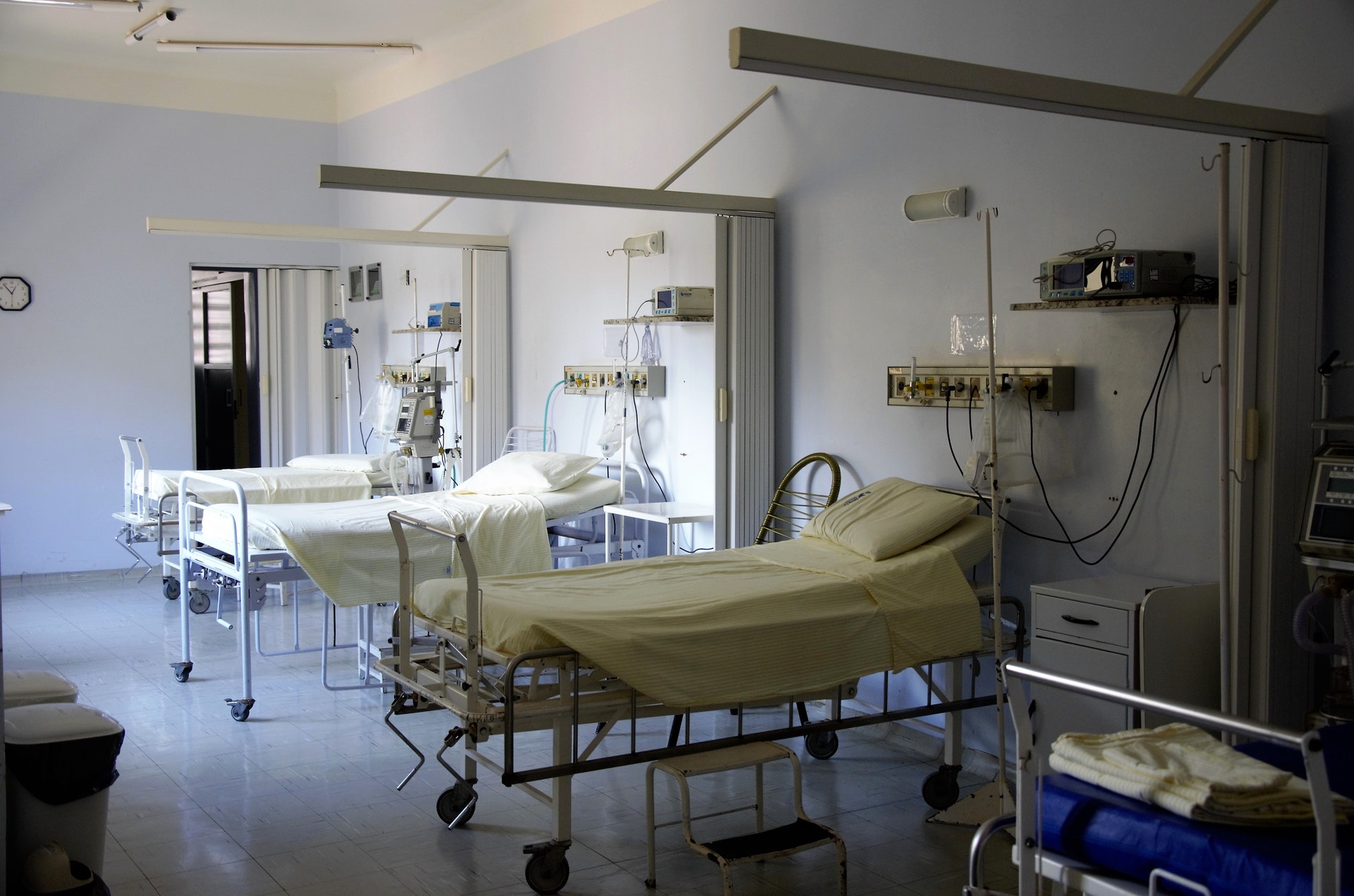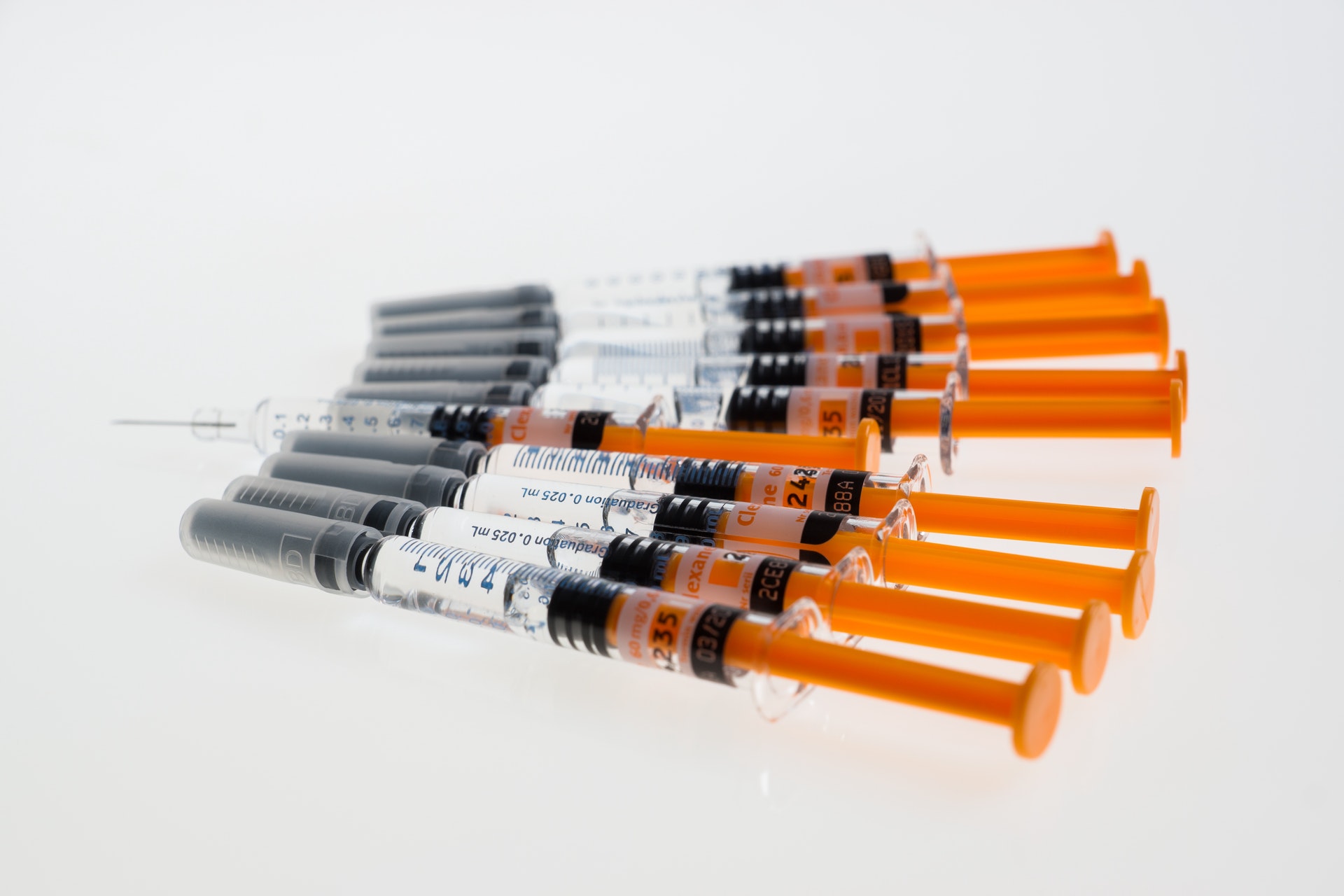Web content writer. Mother to a cat named Fatty and…

Every third week of January the Philippines observes the National Cancer Consciousness Week. If this is news to you, you’re not alone. Had I not tinkered around the internet for health campaigns held in January I never would’ve known.
If you do a bit of digging online, there is not much news coverage of activities held on National Cancer Consciousness Week. What you will find in abundance, however, are the alarming statistics of cancer in the Philippines.
The Current Scenario

Cancer is the third leading cause of morbidity and mortality in the country. According to the University of the Philippines’s Institute of Human Genetics, four Filipinos die of cancer every hour while 189 of every 100,000 Filipinos are afflicted with the disease.
From Globocan’s research, it was revealed that the most prevalent cancer types in Filipino men are cancer of the lung, liver, prostate, stomach, colon/rectum, and leukemia. For women, the most common types are cancer of the breast, cervix, ovary, lung, colon/rectum, and liver.
Last year there were several updates on the Philippine cancer scenario. In February, the Philippine Obstetrical and Gynecological Society released data revealing that the Philippines has the highest prevalence of breast cancer among 197 countries. A month later, Dr. Frederick Dy of the Philippine Society of Gastroenterology (PSG) declared that colorectal cancer is now the leading gastrointestinal cancer in the country, surpassing liver cancer.
In July, the Cancer Coalition of the Philippines released a statement pushing for congressional action on preventing and managing cancer. According to the coalition, around 3,900 children are diagnosed with cancer yearly and that the average survival rate of children diagnosed with cancer is only at 30 percent.
The figures for adults also look grim as compared to other countries in Asia; the Philippines has low survival rates for the most common adult cancers (e.g., lung, breast, prostate, and colon). For breast cancer, in particular, the Philippines has the lowest survival rate at a .58 mortality to incidence ratio.
Debilitating Costs

Beyond the facts and figures, cancer is a disease that debilitates whole families with financial and emotional costs. According to the Cancer Coalition of the Philippines, the average cost for cancer treatment greatly exceeds the average household income. And here in the Philippines, families and loved ones pay for treatments, supplies and other related expenses from their own pockets. This often leads to discontinuance and abandonment of treatments. The Coalition states that these are most observed among households in the marginalized sector but are also observed in the country’s middle class.
In response to the alarming epidemic of cancer, various organizations are pushing for a more proactive and supportive program.
The Push for a Strengthened National Cancer Program

Numerous specialists believe that early detection is still the best strategy for reducing cancer cases and advocate for a national screening program. According to Dr. Dennis Sacdalan of ManilaMed, screening can help detect cancers early while they are still curable. Dr. Dy of PSG, in particular, believes that the country’s specialists can remove the polyps that lead to colorectal cancer, but the Philippines lacks a screening program.
Organizations such as Gift2Life, Samahang Minamahal ang Atay, and the Philippine Society of Medical Oncology are working together in advocating for the improved processes in cancer prevention and care.
The Cancer Coalition of the Philippines, likewise, is pushing for strengthened public health facilities for providing services starting from prevention to hospice care or survivorship follow up and rehabilitation. They are also advocating a cancer assistance fund and for PhilHealth benefit packages to include all forms of cancer.
Knowing the Cause

Cancer can be better prevented if we are more aware of its causes. According to the USA’s National Cancer Institute (NCI), the factors known to increase the risk of cancer include cigarette smoking and tobacco use, infections, radiation, and immunosuppressive medicines after an organ transplant. These factors are linked to various types of cancers, such as:
| FACTOR | CANCER TYPE |
| Cigarette Smoking and Tobacco Use | Lung cancer |
| Viruses and other infection-causing agents | |
| Human papillomavirus (HPV) | cancers of the cervix, penis, vagina, anus, and oropharynx |
| Hepatitis B and hepatitis C | liver cancer |
| Epstein-Barr virus | Burkitt lymphoma |
| Helicobacter pylori | gastric cancer |
| Radiation | |
| Ultraviolet radiation | nonmelanoma skin cancers |
| Ionizing radiation (e.g x-rays, CT scans) | leukemia |
Immunosuppressive medicines are not specifically-linked to certain types of cancer, but decreases the body’s immune response thus lowering its ability to keep cancer from forming.
NCI also states factors that may affect the risk of cancer. These factors’ relationship to cancer is not as strongly established as the previously mentioned ones, but several studies have shown links between:
| FACTORS | CANCER TYPES |
| Alcohol | Oral cancer
Breast cancer Colorectal cancer (in men) |
| Obesity | Postmenopausal breast cancer
Endometrial cancer Kidney cancer Colorectal cancer |
| Diabetes | Bladder cancer
Colorectal cancer Breast cancer in women Endometrial cancer |
| Environmental Risk Factors | |
| air pollution (e.g., secondhand tobacco smoke, outdoor air pollution, and asbestos) | Lung Cancer |
| Drinking water with large amounts of arsenic | Skin cancer
Lung cancer Bladder cancer |
Other factors NCI states are physical activity and diet. There are studies that point out that physically active people have lower risks of colorectal cancer, postmenopausal breast cancer, and endometrial cancer.
The relationship of diet with cancer risks, on the other hand, go either way as various studies point out their positive and negative effect. There are studies that show that low fiber diet, as well as high fat, protein, and calorie diets, are linked with colorectal cancer. There are also some studies that indicate that fruits and non-starchy vegetables may protect against cancers of the mouth, esophagus, and stomach.
If you’ve been wondering where genes come in, they too play a tricky part. Cancer Research UK explains that most cancers occur with old age rather than genes. Genetic specialists have found that only two to three percent of cancers are linked to faulty genes. Having several relatives over the age of 60, therefore, does not mean that faulty cancer genes run in the family.
But, if you have relatives with the same type or related types of cancer, and they were diagnosed with the disease before they turned 50, the risk of cancer genes causing the Big C in your family is higher.
Keys to Personal Cancer Prevention

Evidently, we cannot alter our genes, and we cannot fully control our environment. We can, however, change our lifestyle. Researchers estimate that over four in ten cancer cases can be prevented and experts around the globe agree that this can be done through lifestyle changes.
It may be daunting to take note of all the risk factors related to cancer, but preventing cancer can be boiled down to remembering three things: screening, vaccine shots and making healthy choices (US Centers for Disease Control and Prevention).
Screening can detect precancerous lesions or catch the disease at their early stage when treatment works best. Vaccines lower the risk of cancer by increasing the body’s protection from the abovementioned viruses. Lastly, a healthier lifestyle, such as maintaining a healthy weight, avoiding tobacco, protecting one’s skin and limiting one’s alcohol intake can help by lowering the risk of obesity, diabetes and other factors linked to cancer.
Additional tips provided by the Philippine Society of Medical Oncology include:
- informing your doctor of your family history so that you can be regularly screened for what you might be at risk for;
- practicing safe sex as some types of cancer are associated with sexually transmitted infections (STIs); and
- breastfeeding your baby (if you can) to help reduce the risk of breast cancer.
They also don’t recommend using supplements for cancer prevention or treatment as they have not been proven to work. The society adds that this is why they carry the FDA warning “No approved therapeutic claims”.
Fighting Cancer as a Nation

Right now there are so many things needed to improve the current cancer situation in the Philippines. I don’t know how to say this in a non-cheesy way, but I’m serious when I say we can help. We can start small by sharing what we know about cancer to our family and friends. We can also help each other make healthier lifestyle choices and encourage each other to complete vaccinations and seek annual physical exams.
If you hear of any legitimate organization petitioning for better support for cancer patients, nothing bad will happen to you if you sign it and share it. (That’s a promise!) If you want to go the extra mile, there are organizations looking for volunteers or seeking donations.
The National Cancer Consciousness Week may be under the radar for most of us, but we don’t have to wait for this week to contribute to national movements against cancer.
What's Your Reaction?
Web content writer. Mother to a cat named Fatty and a basil named Herby. Dreams of going off the grid and running an animal shelter with her wife.
